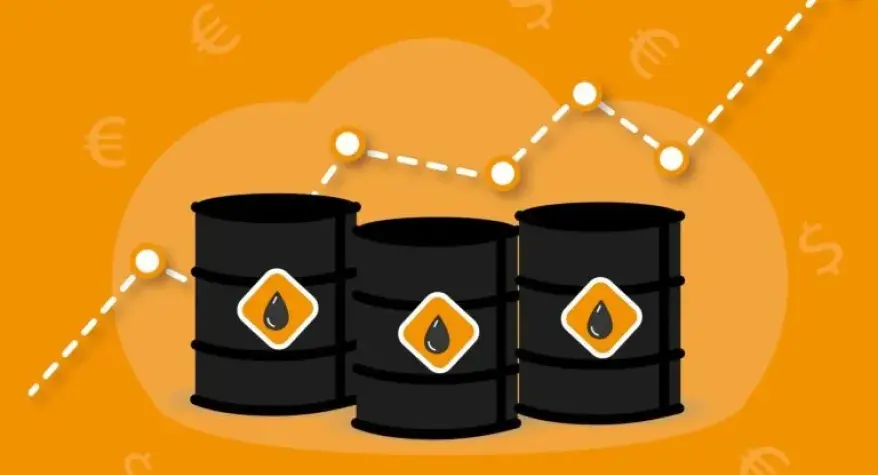Why are energy prices going up?
Oh, how I wish that there was a succinct way to answer this question "why are energy prices going up?"! If the reason was simple, it would make tackling the problem easier, meaning my energy bill will not be as eye-wateringly large as I’m expecting it to be this winter.
But, despite the complexity, I’m going to give it a go.
The reason that energy prices are going up is complicated. There are multiple factors that have built up over many years that have contributed to a perfect storm of increased prices for consumers.
What is more, this storm has been building for many years, but has been kept at bay by an energy price gap set by Ofgem, the Office of Gas and Electricity Markets.
Ofgem’s job is to protect the consumer from the effects of volatile energy markets. Think of Ofgem as a large dam, holding back and managing the water supply behind its mass, protecting the villagers living below. The dam prevents them from feeling the impact of the flood waters as heavy rain surges down from the mountain tops. But sometimes, the frequency and ferocity of the downpours are such that the waters build suddenly and start coming over the top of the dam, threatening the village.
We are going to look at some of these different storms, or factors so that we can get a feeling for the different reasons behind the latest rises. This is by no means a comprehensive list, but it covers some of the significant factors.
Demand is increasing
The first reason is a logical one. The population of the UK has been steadily rising. In 2000 there were 58.8million people in the UK. This has now increased to 66.6million. These extra people need extra energy, and therefore demand has increased.
As a country, we are increasingly connected to the global community. And, the populations of those countries affect demand too. Demand for electricity in developing countries, such as China and India, has also contributed to the rise in energy prices. As demand rises, supply decreases.
The weather
Secondly, there have been many unusual weather patterns over the last few years that have squeezed supplies. For example, this last winter was particularly long, meaning that the demand for gas for heating across the whole of Europe was higher than expected. Despite the cold weather, the wind strength has been lower than expected, meaning that the electricity generated by renewable energy has been lower than normal. This has meant countries turn to fossil fuels to supplement their supplies.
Costs are increasing
Next, the cost of gas has exploded since 2019. At the end of 2018, the cost per MMBtu (Metric Million British thermal units) was just under $10. This July, it has reached $50. In the UK, over 85% of British homes use gas to heat their homes, meaning that as a nation we are very dependent on gas supplies for warmth in the winter.
Russia’s invasion of Ukraine
Russia’s invasion of Ukraine has created turmoil across Europe, this has had a knock-on effect on us in the UK. In July, Russia cut off a turbine on the Nord Stream pipeline, effectively reducing its supply of gas to European countries. About 50% of our gas supply is imported from other countries, so with Russia limiting the supply to European nations, those countries are looking for alternative suppliers. We are all competing for the same supply, meaning the cost of that supply has increased.
The price cap changes
Until last year, much of the volatility and increases in energy prices have been hidden from domestic consumers by Ofgem’s energy price cap. This cap limits the amount of money that a household can be charged for their energy, ensuring that families are protected.
Remember that dam analogy I used at the start of this article? Such has been the deluge of factors affecting the supply and demand of energy, Ofgem’s “price cap” dam has not been able to hold back the waters. They have had to move the dam slightly closer to the village in order to increase capacity within the reservoir behind. This is what happened when Ofgem increased the price cap that energy suppliers had to adhere to when charging customers. This increase has meant a significant impact on the average family in the UK.
A complex problem, with no easy solution
The combination of factors that are contributing to the rise in energy prices has had such an impact that the effect can no longer be kept from the average homeowner. Following a slew of energy companies going into administration or going out of business completely since January 2021, Ofgem has agreed for the energy price cap to rise, so that more companies do not go bust. The impact has been higher bills for every household.
Such a complex problem will not be solved quickly. I don’t know what the answer is, and so far, no one’s been forthcoming with a robust solution. The energy crisis will be with us for a while, best to try and be as prepared as possible.




